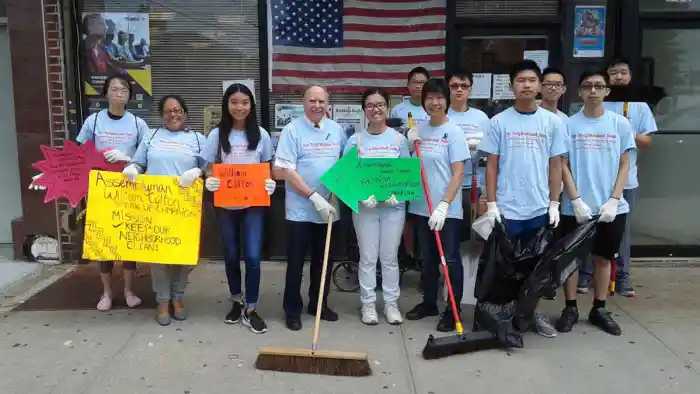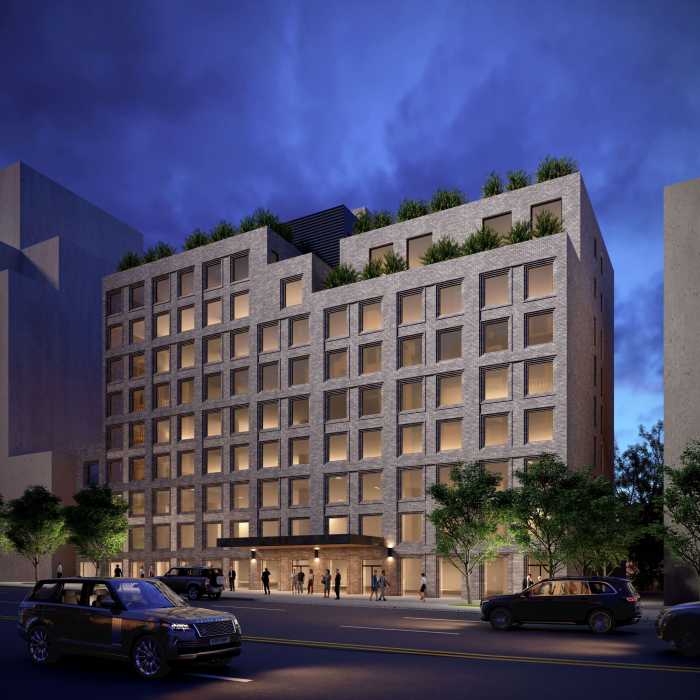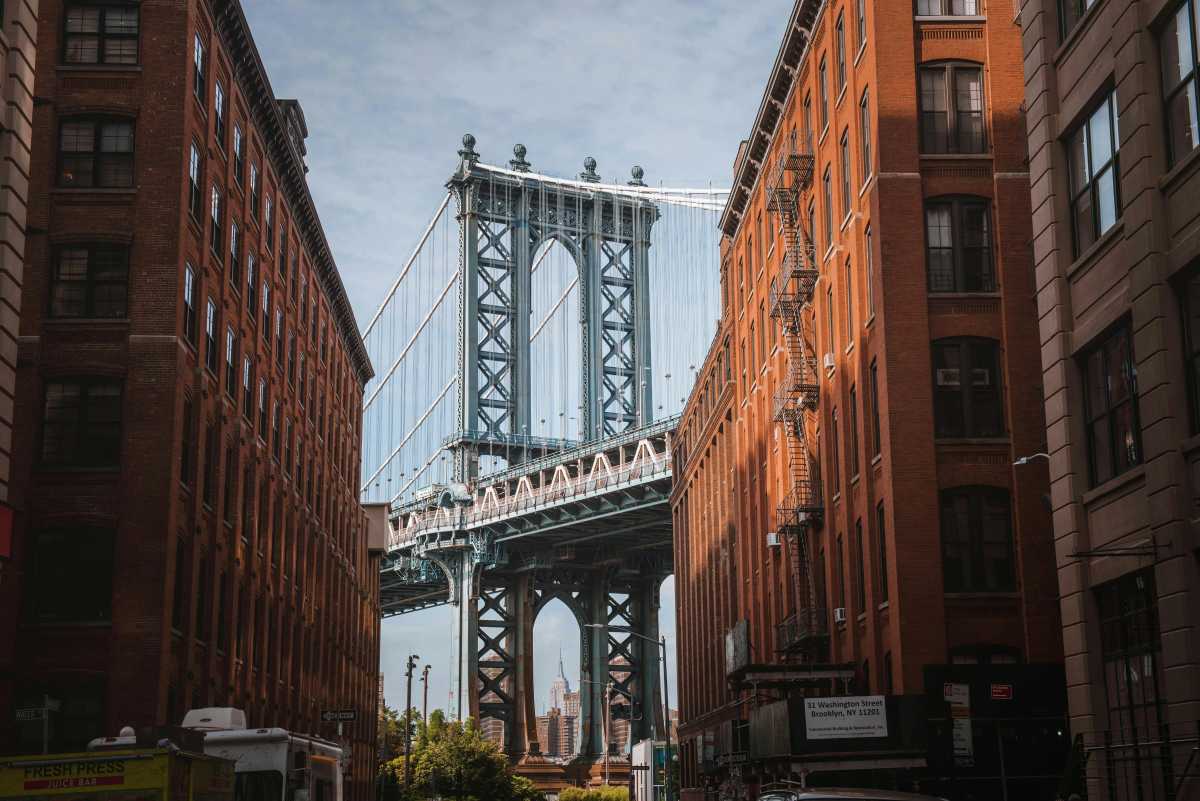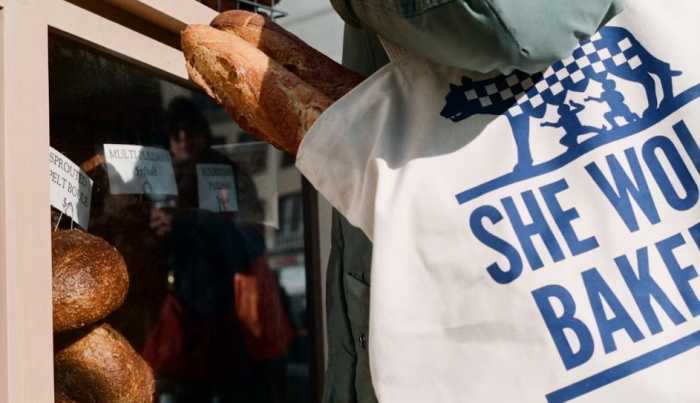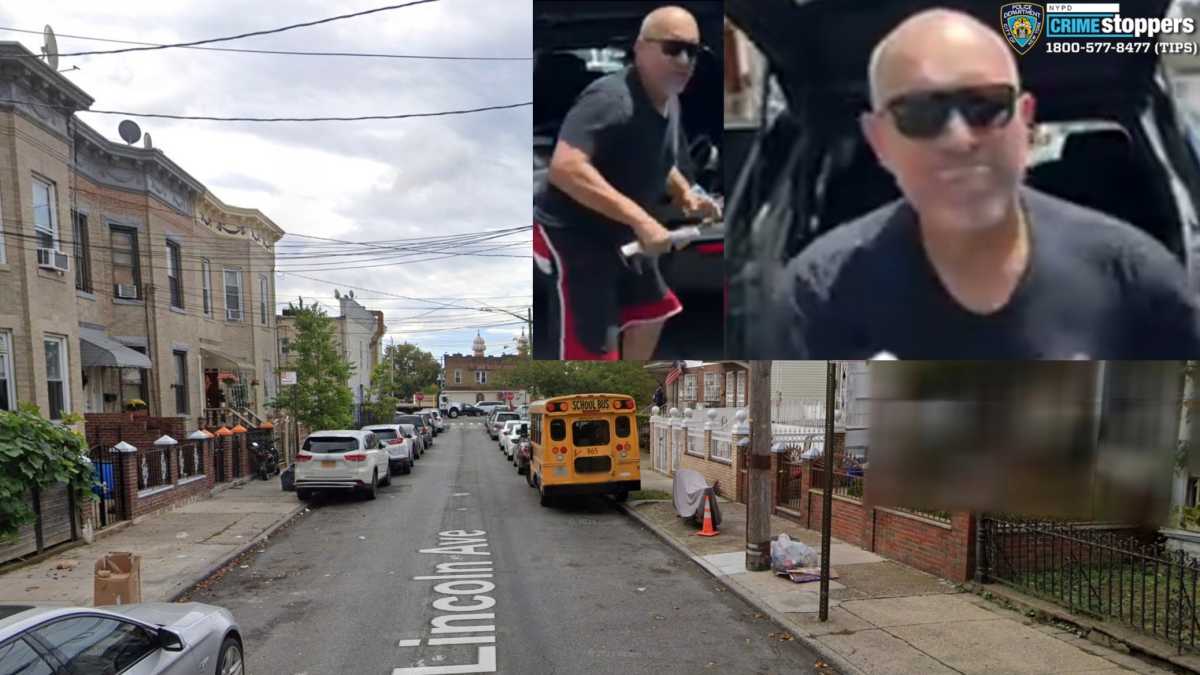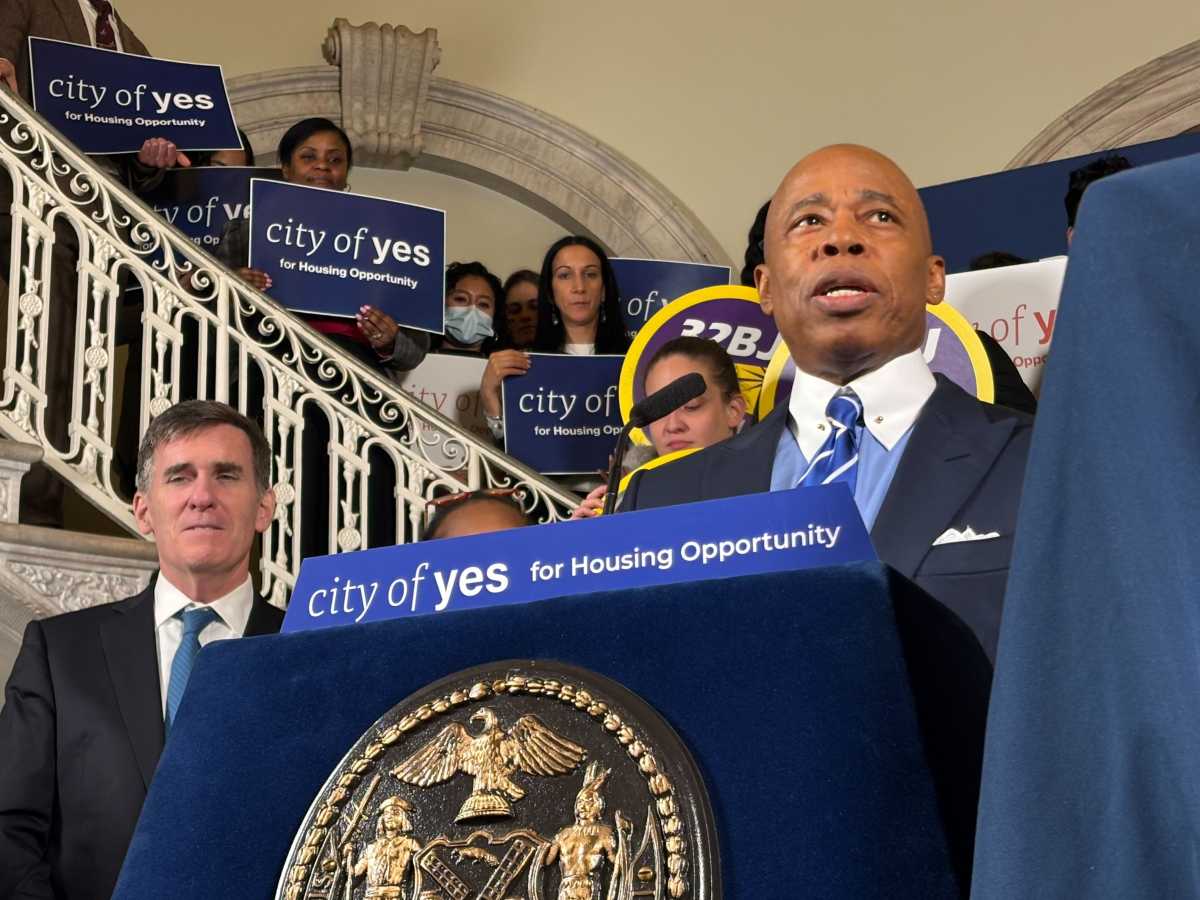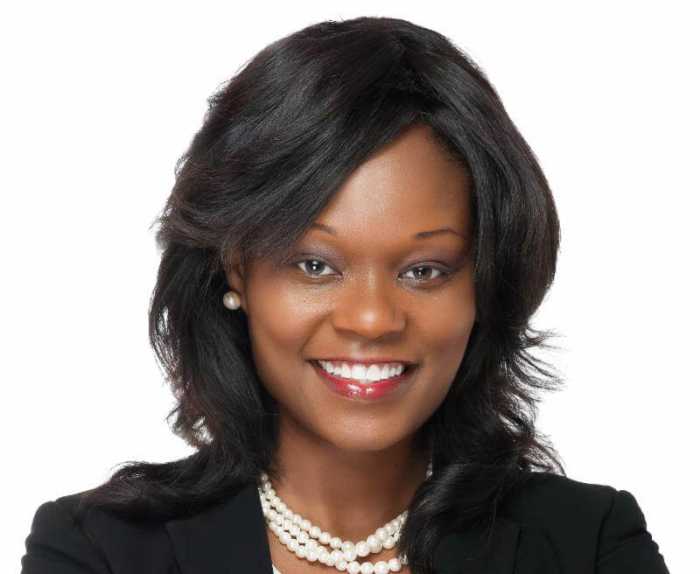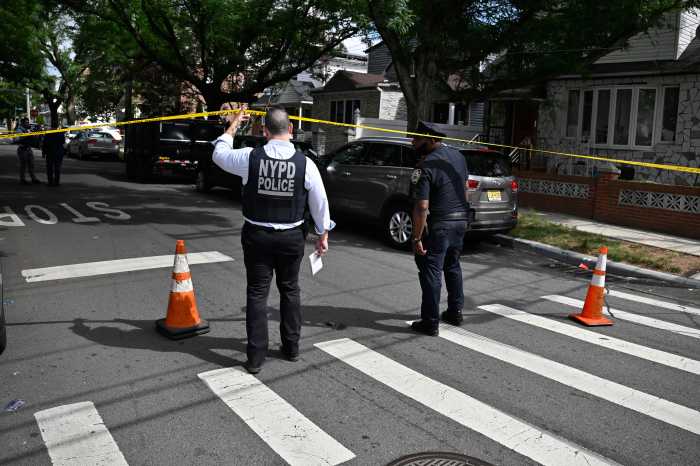Community Board 6 has prepared a list of issues members hope will be considered
in the anticipated environmental review of Forest City Ratner’s Atlantic
Yards plan, which proposes to build a basketball arena and 17 high-rise
residential, office and retail buildings on a 23-acre site emanating from
the intersection of Flatbush and Atlantic avenues and stretching into
Prospect Heights.
The board, which covers the neighborhoods of Park Slope, Cobble Hill,
Carroll Gardens and Red Hook, distributed that list their monthly meeting
on March 9.
Concern over the environmental review process began in earnest after Forest
City Ratner’s March 4 announcement of an agreement that committed
a combined $200 million in public funding from the city and state and
assigned condemnation powers to the project, which is being led on the
governmental level by the Empire State Development Corporation (ESDC).
According to officials of both Forest City Ratner and the ESDC, the process
of investigation for the state mandated Environmental Impact Statement
(EIS) has already begun on what the CB6 study characterized in its overview
as “arguably the largest [development] the borough of Brooklyn has
ever seen.”
Drilling for ground tests has begun on property along the perimeter of
the proposed site where developer Bruce Ratner hopes to build a 19,000-seat
arena for his New Jersey Nets and more than 4,500 new housing units. The
site also includes roughly 11 acres of rail yards belonging to the Metropolitan
Transportation Authority (MTA).
Deborah Wetzel, a spokeswoman for the ESDC, told The Brooklyn Papers,
“If they’re on property that they own already, they can move
ahead [with the EIS],” but she noted that before her agency begins
assisting Ratner in land acquisitions, “some business terms …
need to be finalized.”
The CB6 outline, titled “Issues to Study in the EIS to be developed
for the Brooklyn Arena/Mixed Use Development Project: A Pre-Scoping Framework,”
was brought forth after two months spent culling ideas from community
members at a series of seven brainstorming sessions held during regular
committee meetings in December and January.
Each session was open to the public, but the surrounding community is
still being urged to contact the board directly if they missed the sessions.
“Ultimately we will be presenting it at a scoping session and presenting
it to our elected officials,” said CB6 Chairman Jerry Armer.
Borough President Marty Markowitz, one of the biggest cheerleaders of
the project since it was announced in late 2003, said in an e-mailed statement
to The Brooklyn Papers, “Now that the MOU has been signed, the real
work begins. I am committed to ensuring that there will be a transparent
EIS process and ongoing public disclosure of plans.”
But the wording in the agreement between the city, state and Ratner, known
as a memorandum of understanding (MOU), provides for no such public disclosure,
other than to the signing entity, the city’s Economic Development
Corporation.
And Markowitz’s office is not one of the signatories mandated as
privy to such disclosures.
Nonetheless, the CB6 outline aims to bring concerns over the Atlantic
Yards project to a public forum it otherwise might not have.
Outlining potential impacts into 21 categories, the draft CB6 document
addresses topics ranging from “Socioeconomic Conditions” to
“Shadows and Neighborhood Character” to “Noise” and
offers plainly worded requests employing words and terms like “should
include,” “consider” and “must.” The ordered
outline is nine pages long, and following it is a list of 179 questions
raised at the various public meetings.
While the preemptive scoping document is only a recommendation, the board
hoped it would “at a minimum allow for [CB6] to be in a better position
to comment” on the scope of the EIS when released, and “at the
most, ensure that all the issues raised by the public would considered,”
reads the introduction.
“Given the complexity and magnitude of the proposal it was the community
board’s goal to begin the public discussion, even before a final
proposal was officially certified,” reads the introduction.
But while the board credited itself for being ahead of the game, some
residents gently reminded CB6 members of the interest in an ongoing public
process and city-level review, which, under the current plan, is not included.
Lumi Michelle Rolley, a member of Park Slope Neighbors, thanked the board
for compiling the pre-scoping outline, but said her fledgling group was
pushing for more community involvement.
“We encourage development that is complementary to the existing area,”
she said, “but we oppose the ‘mall-ification’ of Brooklyn,
the use of eminent domain and the failure to come up with alternative
uses” for the site.
She warned that the required State Environmental Quality Review “only
requires that you identify potential impacts, not that you mitigate them.”
Rolley congratulated the board for “taking a strong stance and calling
for ULURP,” the city’s more stringent land use review process,
but said, “At this point, you are being relegated to the sidelines;
at this point I urge all of you board members to study the issues.”
Rolley called the project “one of the most regressive examples of
development and process, and it will irrevocably change Brooklyn. We need
to take a stand at this time, and restore legislative oversight of the
community.”


